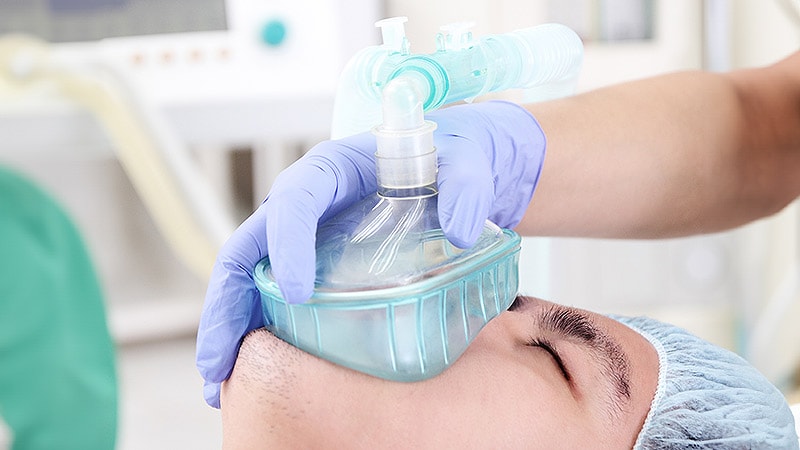Diabetes and Preoperative Fasting: Examining Gastric Volumes and Aspiration Risk
The study examined 84 people with diabetes (85% with type 2) and 96 without diabetes, all with a BMI < 40, who were undergoing elective surgery. After following standard preoperative fasting guidelines, a gastric ultrasound was used to assess their gastric contents.
The key findings are:
- There was no significant difference in gastric volume between the two groups (0.81 mL/kg with diabetes vs 0.87 mL/kg without).
- The proportion with "full stomach" (any solid content or > 1.5 mL/kg of clear fluid) was also similar (15.5% with diabetes vs 11.5% without).
- The lead author suggests that the standard fasting instructions seem to be effective in assuring an empty stomach for most diabetic patients, and different fasting guidelines are generally not needed.
However, an expert endocrinologist disputed the study's conclusions, noting that the participants were healthier than the general diabetes population and may not be representative. The expert also criticized the current ASA fasting guidelines for allowing clear liquids up to 2 hours before surgery, as this can still leave some residual stomach contents.
Additionally, the widespread use of GLP-1 receptor agonists for diabetes and weight loss, which can delay gastric emptying, was not addressed in the study. The experts suggest that this new factor may require re-evaluation of the current fasting guidelines, particularly for patients taking these medications.
Customize Summary
Rewrite with AI
Generate Citations
Translate Source
To Another Language
Generate MindMap
from source content
Visit Source
www.medscape.com
Do People With Diabetes Need to Fast Longer Before Surgery?
Key Insights Distilled From
by Miriam E. Tu... at www.medscape.com 05-06-2024
https://www.medscape.com/viewarticle/do-people-diabetes-need-fast-longer-before-surgery-2024a10008op
Deeper Inquiries
